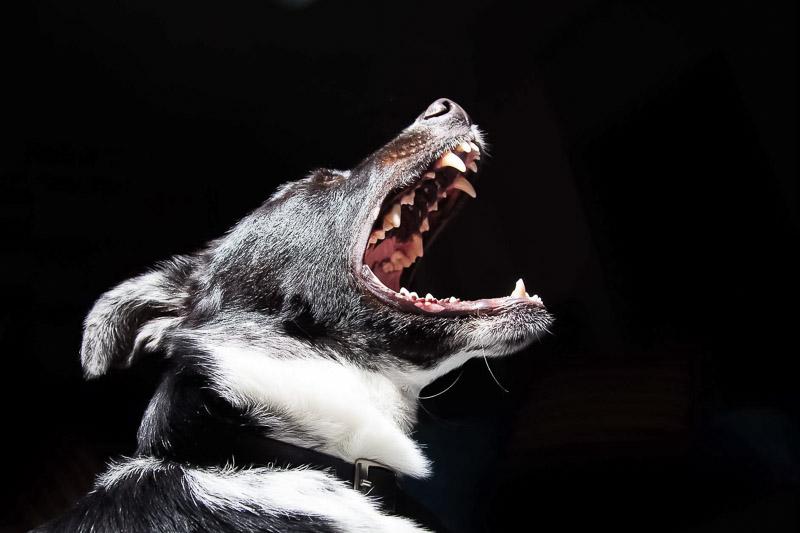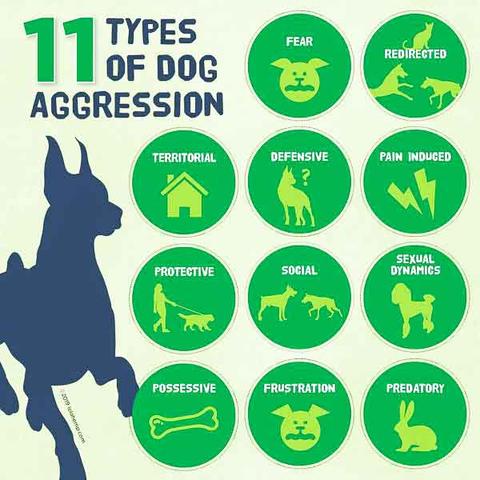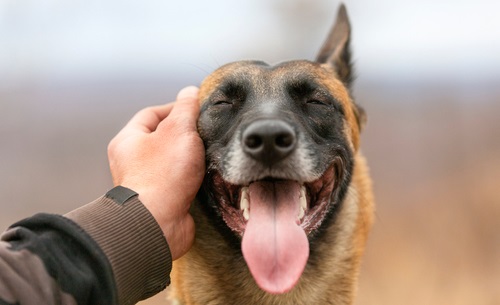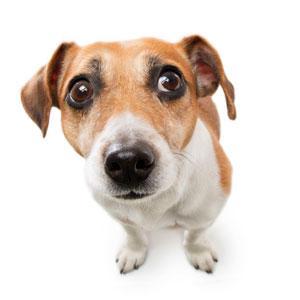
This article is not a substitute for veterinary diagnosis or treatment of any condition, symptom, or disease. Please consult with your veterinarian if your dog is suffering from any troubling symptoms.
Is your dog aggressive with other dogs, people, or around certain triggers such as food, toys, or places (such as her favorite spot on the couch)? This article will help you learn more about aggression in dogs, what can cause it, a few key training tips, and whether calming CBD oil made from hemp may able to help.
Before we dive in, it is important to note that dog aggression can be dangerous, and sometimes needs the help of a professional canine behaviorist to correct. Many well meaning owners may unintentionally make aggression worse either by misdiagnosing the root cause of the aggression, or by using outdated training techniques or “common sense” that can actually make aggressive dogs even more dangerous.
This article isn’t a substitute for professional guidance. This is particularly true if your dog could hurt other pets or people with their aggressive behavior. However, we do hope that it will provide you with a better understanding of this common behavioral problem and some of the best tools to use as you help your canine companion find a calmer way of being in the world.
Types of Dog Aggression
According to the ASPCA, there are 11 common types of dog aggression, pictured in the image above. Helping your dog overcome aggression always starts by developing a clear picture of what is causing the problem in the first place.
The outdated “dominance” model of canine psychology assumes that most or all aggression problems in dogs are caused by them being too dominant, or not submissive enough. However, we now know that dogs have complex social and emotional lives and that, more often than not, aggression is triggered by fear, insecurity, and anxiety.

Take a look at the 11 types of dog aggression above and notice that almost all of them (with the exception of pain induced and predatory) involve anxiety about a certain trigger. For example:
Territorial and Possessive: Anxiety about a place or a valued possession being threatened or lost.
Social: Anxiety about one’s place in the pack and the fear of losing status.
Defensive: Anxiety about an impending threat in response to a certain trigger such as being on a leash around other dogs or being approached by a person with newspaper in their hands.
Learning to recognize exactly what is causing your dog’s anxiety is usually the first step of any behavioral training program. Once that trigger has been identified, you can begin to “reprogram” that anxiety response using positive reinforcement, reconditioning, and desensitization techniques developed from decades of research in animal behavior and learning.
Aggressive Dog Training Tips
Never Punish the Warning Signs
The outdated “dominance” model suggests that all dog aggression is caused by dogs who think they are “alphas” and who insist on aggressively dominating everything and everyone around them. Unfortunately, these models of dog behavior are not only incorrect, they often do more harm than good. Trainers that use this theory often recommend “dominating” or punishing such dogs at the first signs of aggression such as raised hackles, growling, hard stance, baring teeth, licking lips, etc.
The problem with this is that all it does is make an already insecure dog feel even more insecure by adding a real threat of harm to whatever is triggering the fear in the first place. In addition, it trains them to stop giving warning signals that they are feeling anxious and threatened. Such dogs become more dangerous because they will eventually stop giving any warning of their fear, and instead, launch right into an attack when their fear becomes too much for them to handle.





